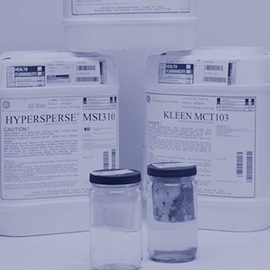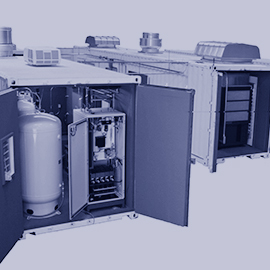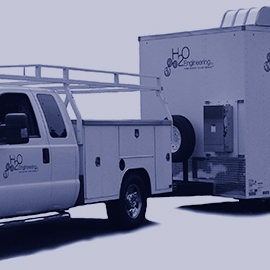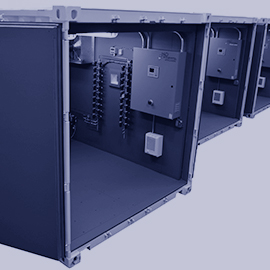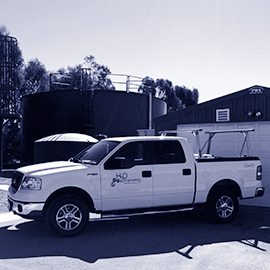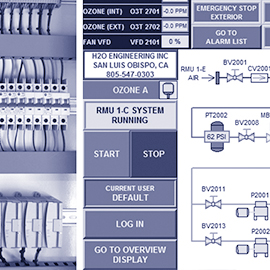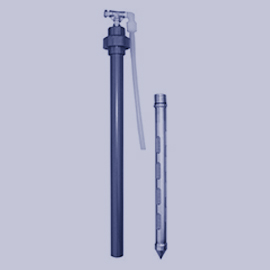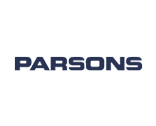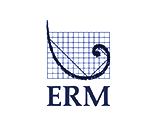Remediation

Relative to other technologies, ozone produces minimal waste materials. Ozone directly oxidizes gaseous, free, sorbed and dissolved hydrocarbons and converts them into carbon dioxide and water.
O3 is known for rapid treatment time and its ability to treat high concentrations of contaminants. In comparison to other remedial technologies, this is one of the more cost effective treatment methods particularly in the breakdown of petroleum hydrocarbons and chlorinated solvents and some PAHs. Most of our systems are onsite with fixed wells and can run 24/7 if you’d like. Some consider it a green technology because the gas is produced onsite and delivered constantly to the subsurface (vs. conducting injection events), eliminating the transport of hazardous materials.
Applications
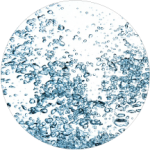 In-situ Chemical Oxidation (ISCO)
In-situ Chemical Oxidation (ISCO)In-situ chemical oxidation is an advanced oxidation process traditionally used for soil and/or groundwater remediation focused on reducing environmental contaminants to an acceptable level.
Recommended Technologies
 Oxidation
OxidationOxidation is the process of adding an oxidizer, such as ozone, to a water source in order to remove electrons from the substance or contaminate(s) of interest.
Recommended Technologies
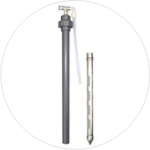 Sparge Well Materials
Sparge Well MaterialsH2O Engineering provides all the material necessary to deliver the most amount of ozone to sparge point locations through well head connections, riser pipe and in-situ oxidation points.
Recommended Technologies
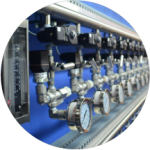 System Integration
System IntegrationH2O Engineering specializes in combining complex water treatment subsystems into a single, optimized, and robust treatment train.


